Chapters 5 & 6 - Scene & Structure
After last episode’s deep dive into scene structure, we thought we’d ask a few published novelists and professional editors if they use scene goals in their writing/editing.
Then, for our podcast proper, we move beyond the scene basics into more advance concerns, like does that disaster you carefully crafted have the proper scope, immediacy, and finality, and does it steer your story in the right direction. But we still need to get that pig back home, so in Chapter 6, Bickham points out (with not one, but two numbered lists) other things that can go wrong with scenes, including not having enough “going wrong.”
This Episode's Interviews
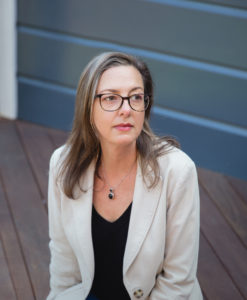
Kristen Tate, PhD, Book Coach & Writer
Kristen Tate has a PhD in English from Columbia University, with a focus on novels and publishing history. She has been thinking about how novels work and how readers experience them for many years and brings this rich experience to her editing. Her company The Blue Garret provides content editing, copy editing, proofreading and book formatting. You can read her blog post about Dial A for Aunties here.
Chris Harget, Author
Chris Harget cowrote Images of Africa; A Couple’s Comical Safari Saga with his partner Jenny Ludwig. The non-fiction book, told in a he said/she said format follows Jenny and Chris as they navigate a once-in-a-lifetime dream vacation and their relationship. It’s packed with insights, both silly and profound, photographs, and what to do/not do on an African excursion. His website has more details, and you can pick up a copy of the book here.


Doris Siu, Author & Editor
Doris Siu is a freelance editor and author of two books: Wise Up, Stand Up, a book of life lessons written in collaboration with the music project Sonder, and Hold on please, Emily, a YA realistic fiction/romance about a guitarist songwriter pursuing her dream to be a musician, falling in love, and facing her diagnosis of brain cancer. You can purchase Doris’s books and learn about her editing services on her website.
Ch 5 - Scenes with Results
Not all scene goals are created equal. Bickham has a bit of Fairytale storytelling fun in this chapter. It’s also pretty clear which stories he had in mind.
Goldilocks & The Four Errors
Scope
No reader wants to wade through a scene if the goal is too trivial. No writer wants to create a scene goal so overpowering that it blows up their novel.
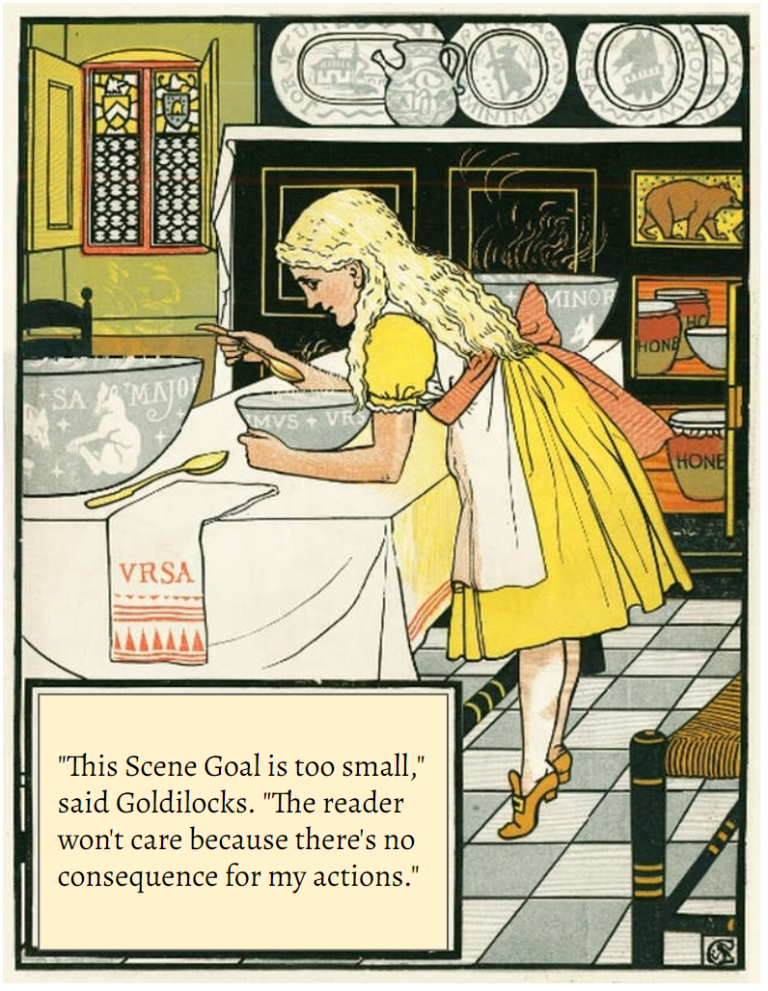
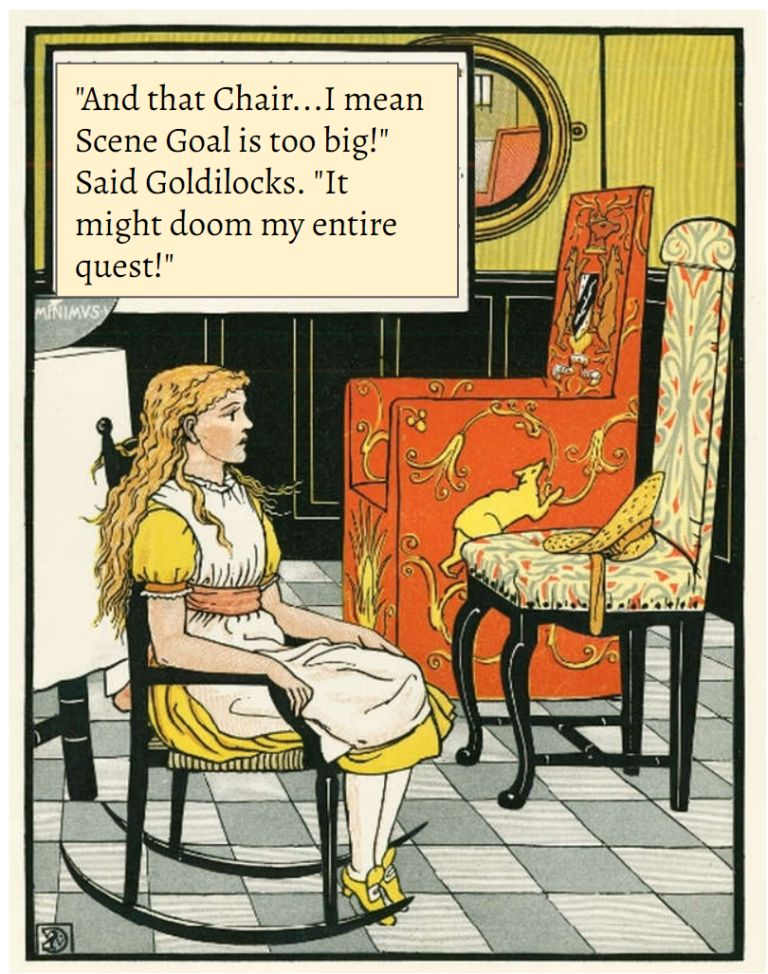
Immediacy
Immediacy: acheivement or failure of scene goals need to happen right away.
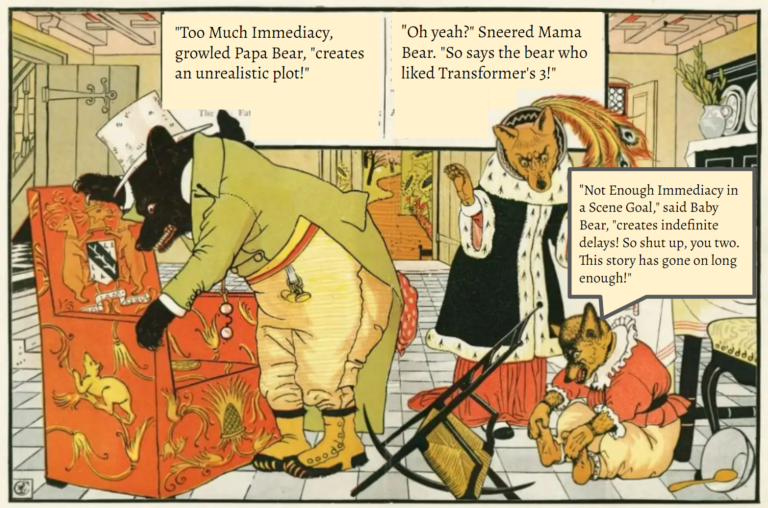
Finality
The Scene Goal needs to be “final,” in that the consequences have to impact the character now in some way. This is not to say the disaster won’t have lasting consequences, but Bickham didn’t really go into that.
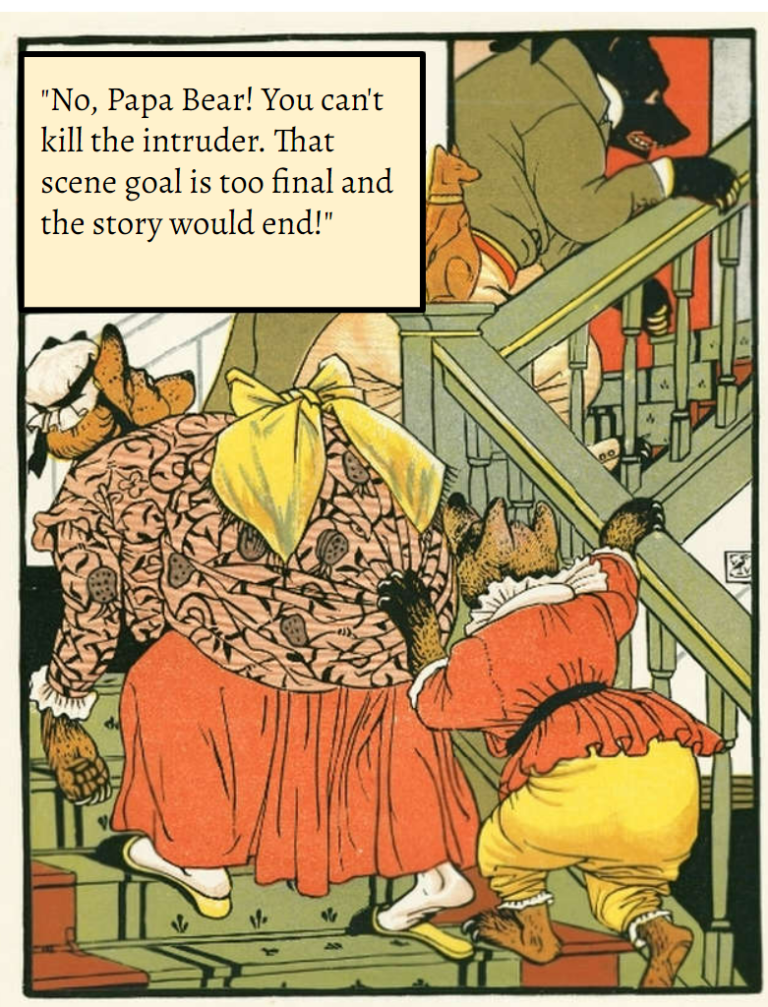
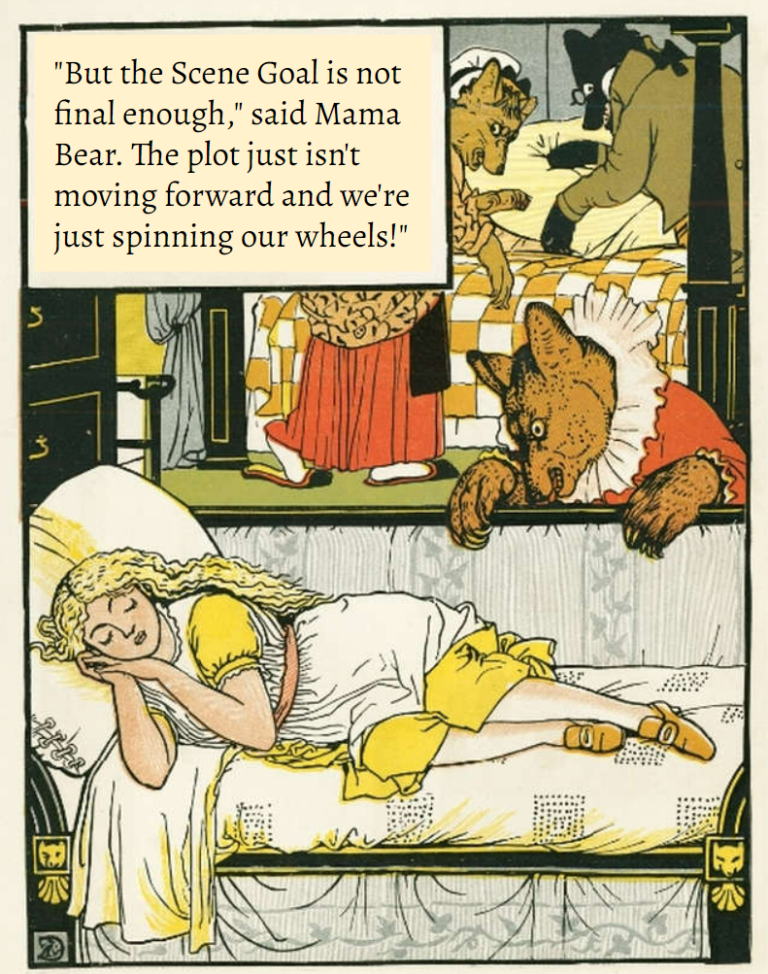
Direction
Direction: The scene goal sends the Protagonist on a wild goose chase through the “WTF Happened to the Plot” Woods.
Asking for a friend: Is Goldilocks a story about breaking and entering or choosing beggars? What is the moral, exactly?
Wonky Conflict
The Strongman
When the Scene Conflict is too strong, the results are too immediate, which can totally derail your plot. In some cases, the Character can take over the writer’s story, hogtie them without a TV remote within reach.
To which Bickham calls BS because “characters don’t exist except in your imagination.” So chew your way through those imaginary zip ties and sit your Protagonist in the corner so it knows who’s boss.
Ninety Eight Pound Weakling
Deep down, we all know when our conflict is weak tea. So why do we write that way? Bickham has some ideas:
- Shyness: We get it, you became a writer because you were a wallflower always observing and never being the diva mean girl or the obnoxious mansplainer. Good for you. But now you’re in control. It’s time to turn the conflict dial up to 11!
- Fear: So you don’t know the first thing about:
- Ancient Aztec fertility ceremonies
- How an ER doctor treats blunt trauma to the head
- Cryptocurrencies
- Anything else you’re nervous about getting wrong. WRITE IT ANYWAY. It will make you a better writer, and don’t worry, no one actually understands cryptocurrencies.
- Fatigue: We get it. You’re tired. The scene just won’t come together. Chill out. Walk away. It’s wine time.
Chapter 6 - More Problems with Scenes
Scene Structure & Linking Scenes
The Bullet Point King is at it again and this time he lists SEVEN things to keep in mind when linking your scenes. He covers the first three in detail in subsequent chapter. Kim and Renee discuss the final four on this week’s episode.
4) Stick to one point of view per scene. Readers are invested in goals of the main character in the scene. If you switch to a different character mid scene, you risk losing your readers’ attention (and sympathy).
5) Disasters create this three steps forward, two steps back effect. Although it sounds counter-productive, it’s not. Each disaster leads the character closer and closer to the end of the story. In other words, “the best narrative progress often appears to be backwards.”
The main character in a novel of 400 pages will be in far worse shape by page 200 than he seemed to be at the outset.
-Jack Bikham
6) If your plot is gripping (ie: you keep that protagonist busy with all the disasters), readers will forgive bad writing (up to a point). If each disaster creates a funnel effect, wherein each disaster gives your character no choice but to move forward, you will write quite the page-turner.
7) The end of a scene really does dictate the means of the next scene, which is also why the character evolves throughout the story. As the Protagonist reacts and adapts to more and more tactical disasters, they grow and change in a meaningful way. It’s what turns Walter White into Heisenberg.
Take the following two scenes from Breaking Bad between Walter White and Krazy 8, the guy tied up in the basement.
In the first scene, Walter White gets the key. His goal: free Krazy 8 and let him go. But this ends in a No, and Furthermore disaster. Not only can he not free Krazy 8, but the drug dealer has a weapon (a shard from a broken plate) and means to kill Walter when he’s set free.
In the next scene, Walter’s goal is to protect himself and Jessie from Krazy 8. The Tactical Disaster? Yes, But. Yes, Walter succeeds in protecting himself and Jessie from Krazy 8, but he had to murder Krazy to do it. As a result of his actions (seemingly without a choice), Walter White’s character has meaningfully changed. He’s now a murderer.
One could say he had no choice. But if you think about it, Walter could have thought: this has gone on long enough. I’m calling the cops and turning myself in. Nobody else will get hurt. But no. Walter has a story goal and he’s not going to give it up.
Bickham’s not done with the bulletpointing. He presents another list (12 points) later in the chapter. Want to know what’s in this one? Check out Renee’s Snark Notes.
Continuing the Discussion: Why There's No Original Fairy Tales
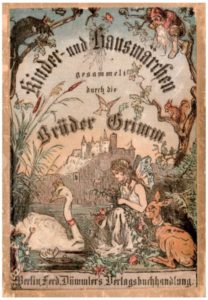
Have you ever heard someone attribute the Grimm’s Fairy Tales as the “Original Fairy Tales?” Well, hold onto your preconceived notions about the history of folklore, because I’ve got quite the rant to share. Everyone knows the Grimm versions can be, well, rather grim. With our contemporary sensibilities, the brothers Grimm paint a toxic world of rigid social and economic classes and gender roles. They are subject to the same rules as all art and literature: they reflect the time and place in which they were created. And in the Western world during the 1800’s, women were still property and children died working in coal mines. But where did Grimm get those tales? Why are there no such thing as “Original” Fairy Tales? And why does Grimm (also sometimes Perrault and Anderson) get all the credit?
Fairy Tales have more in common with Mythology (the stories of gods and the origins of life) than they do with published novels. According to Yusef Harari from his book Sapiens, what sets us apart from the rest of the animal kingdom is not our ability to walk upright or the size of our brains (Elephants have larger brains), but our unique ability to conceive of and base our lives around fiction. Modern humans evolved roughly 200,000 years ago in Africa. But we didn’t invent writing (for commercial purposes) until 6,000 years ago. And humans didn’t start recording stories until a thousand years later (Gilgamesh being the oldest). So if we weren’t writing and reading our stories for over 100,000 years, what were we doing? Telling them orally. We participated in an oral tradition (and still do), passing on knowledge and fictions from one generation to the next. You might be wondering: how did we remember all these stories? There’s a reason Homer’s Odyssey was meant to be sung. Rhyme and meter are mimetic devices.
Now, thanks to the printing press and compulsory schooling, we read revised versions these ancient stories, once told for thousands of years, to our children. The details of the stories change over time because we do. For example, we consider the Grimm versions, published in 1812, rather macabre: child abuse, murder, and toxic gender roles are too brutal for our contemporary tastes.
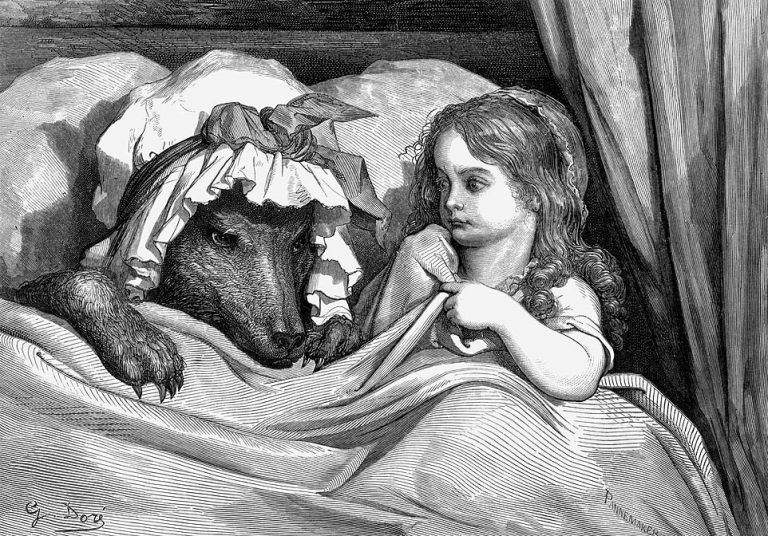
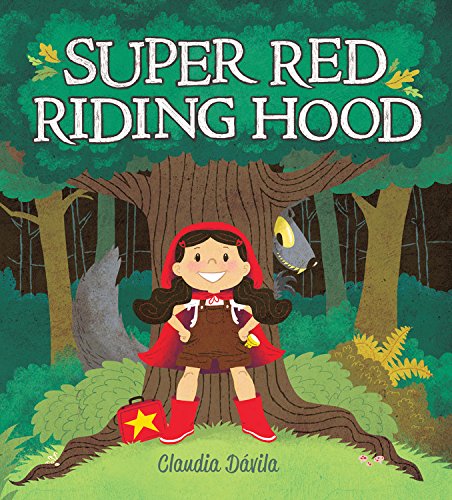
The versions published hundreds of years ago don’t reflect our world anymore. So what do we do? We revise them just like the Grimm brothers did when they wrote them down with the specific purpose of teaching children how to read, just like each generation did when they passed them down generation by generation.
Which finally leads me to my point. Print culture + Time = Falsely Attributed Origins. In other words, to claim an “Original Fairy Tale” exists is more than false; it assumes one person can own something which belongs to everyone (like privatizing the water supply), which assumes the contributions of people (namely women and non-white people) don’t get the credit they deserve. The impact print culture has had on oral traditions is far reaching, and too complex to include in some show notes for a podcast.
If you’d like to learn more about this topic, check out Dr. Jo-Ann Archibald’s Lecture on Indigenous Storytelling and also this awesome webinar, Black and Indigenous Storytelling as Counter-History.
A Tribute to Emily Pauline Johnson - Tekahionwake
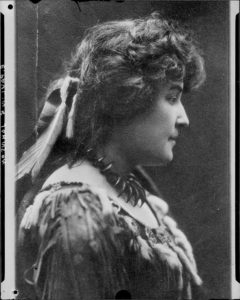
Emily Pauline Johnson – Tekahionwake (1861 – 1913), a celebrated but often forgotten Indigenous Storyteller, was a stage performer, poet, and writer who wrote about her mixed Mohawk ancestry. She was an important figure in Canadian, Indigenous, and Women’s literature. She wrote three books of poetry, namely Flint and Feather (1912) and short story collections, such as Legends of Vancouver (1911). Her work focuses on such themes as mixed ethinic backgrounds, otherness, and culture. She inspired many women writers, such as Janet Rogers and Jeanette Armstrong (Okanagan).
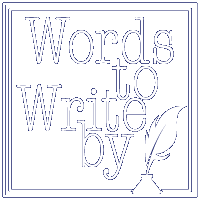

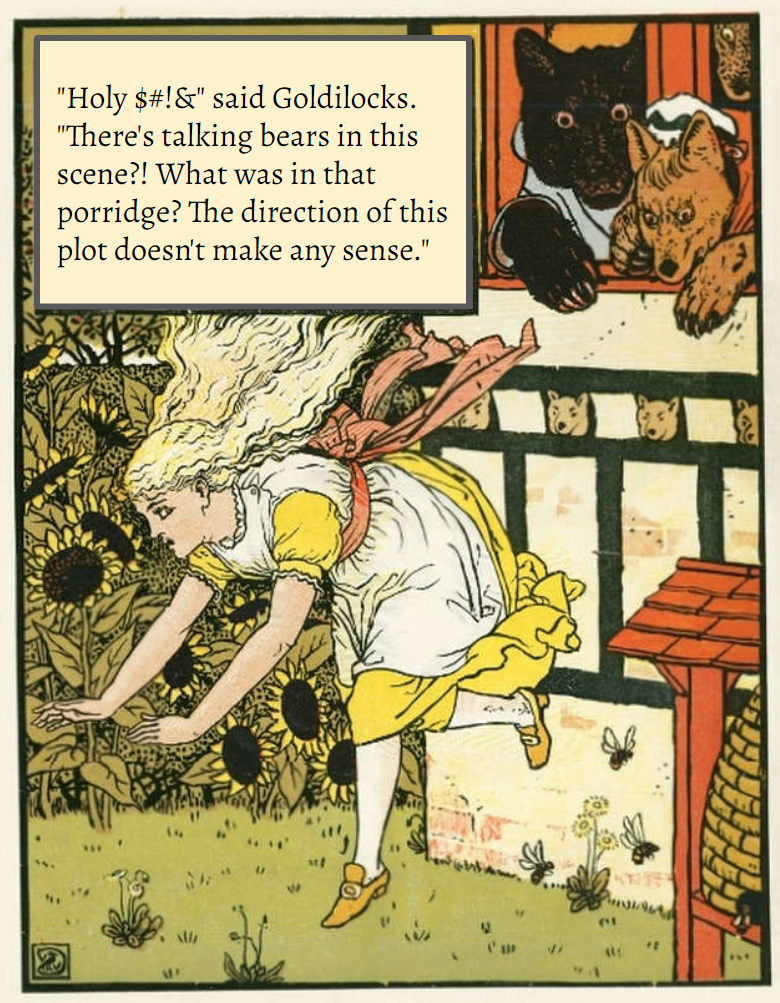
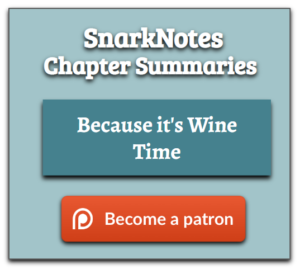
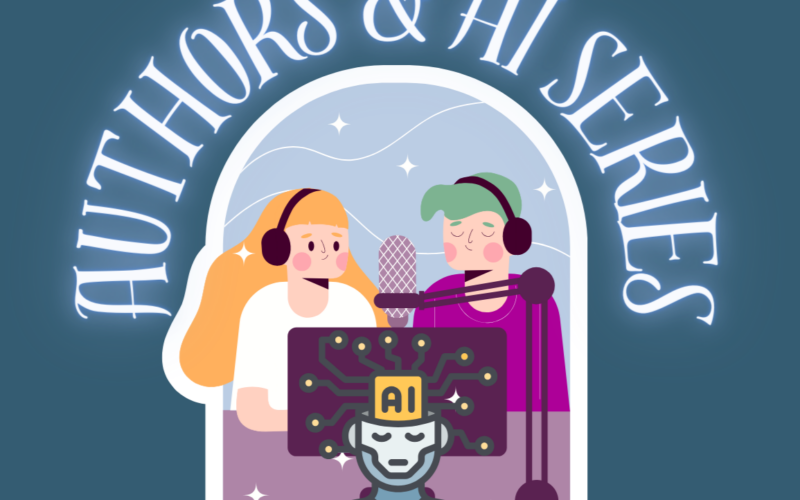
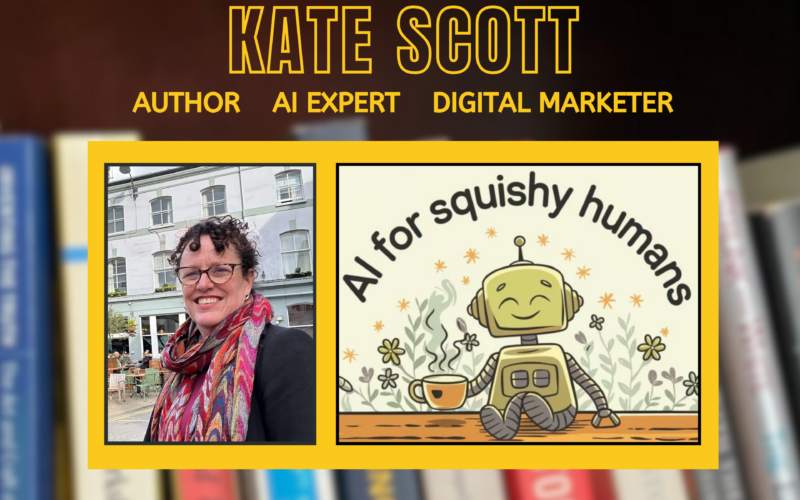
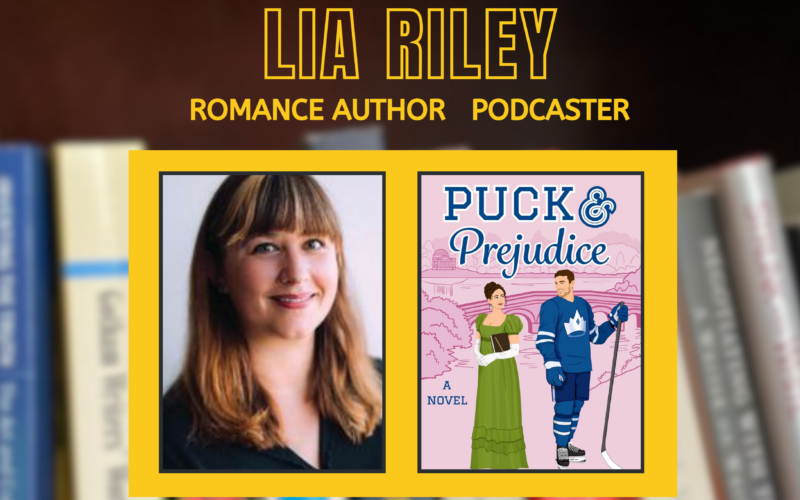
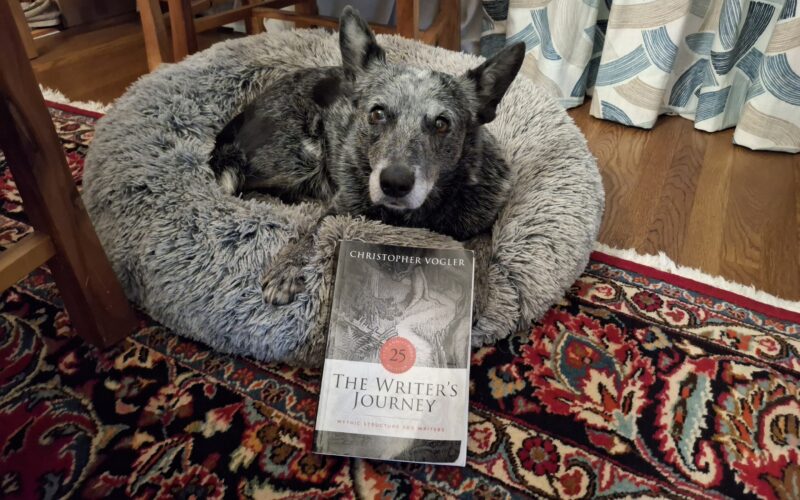
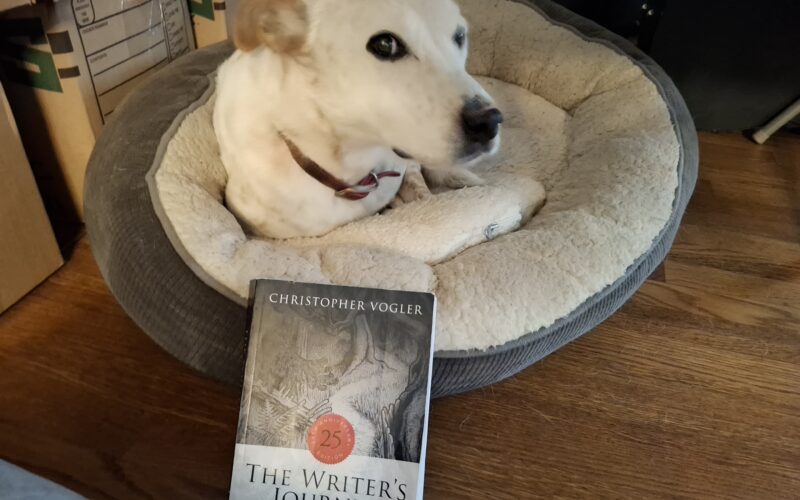
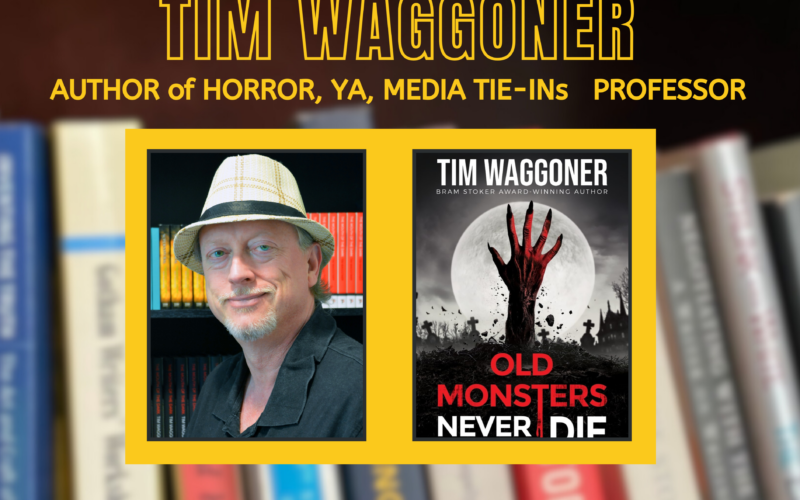
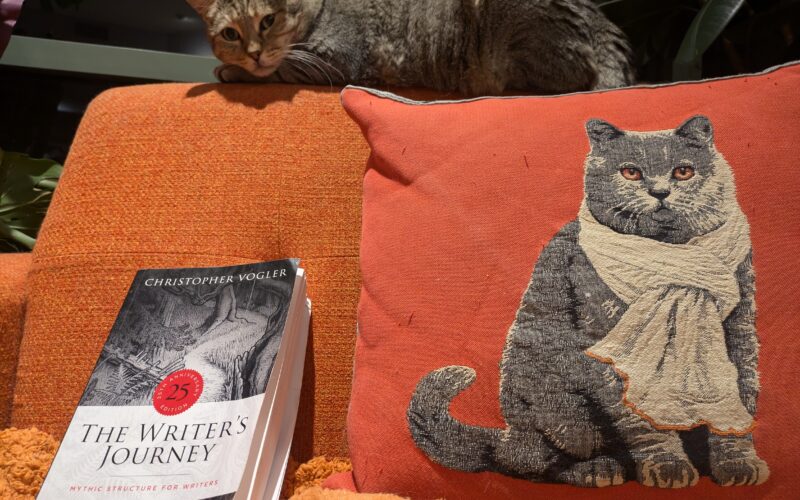
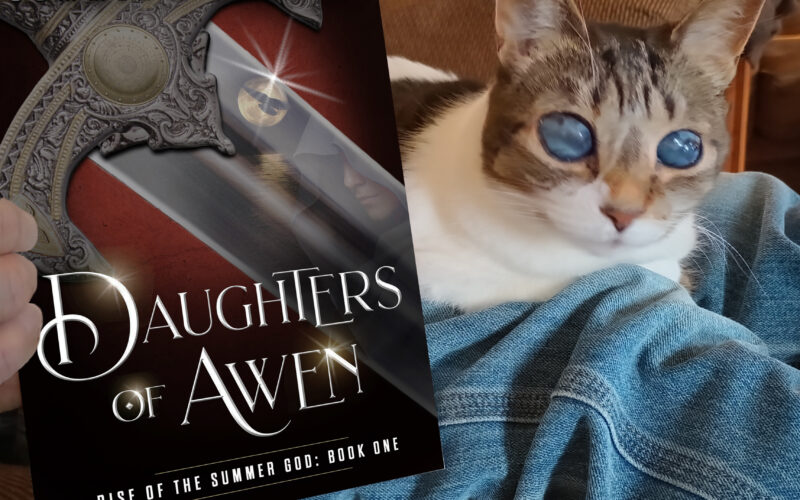

What’s Really Happening When AI Writes?
We've been putting AI chatbots through creative writing challenges, but what are these systems actually doing when they write? In this episode, we bring in AI expert Bill Moore....